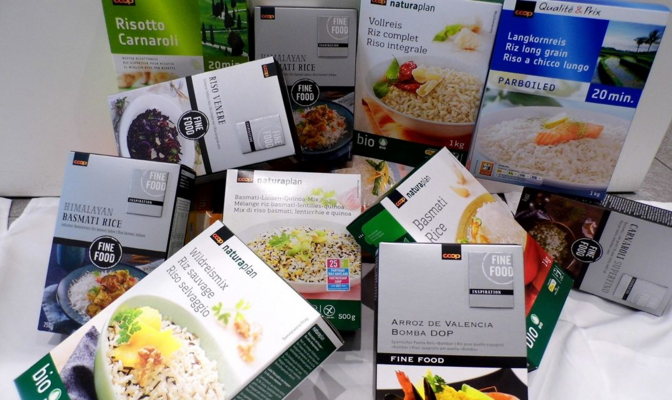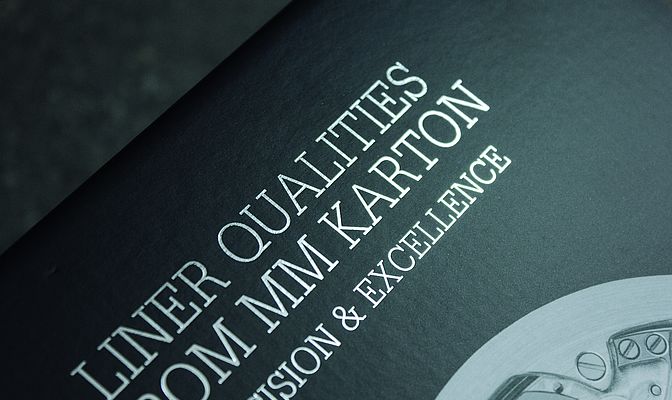Caliper
31.10.2011 - Cartonboard Know-How
Caliper defines the distance between top and reverse side of a cartonboard sheet.
Unit | µm |
Test Standard | EN 20534 |
General information
A fundamental physical property that define a cartonboard is its caliper (thickness). The thickness of a cartonboard is measured in accordance with EN 20534 in µm (microns). It is defined as the distance between the two surfaces of a cartonboard sample, which is determined by a standardized test method under the influence of a defined static load.
Additional details – practical relevance
The thickness, together with the strength properties of the outer layers of a multilayer board, plays an important role in optimizing the stiffness of a board. A decrease in thickness with constant grammage inevitably leads to a decrease in stiffness. The thickness also plays an important role in the production of cartonboard, as the creasing and die-cutting tools only work optimally within a thickness range designed for this purpose. Optimum creasing and die-cutting results help to prevent cracking.


